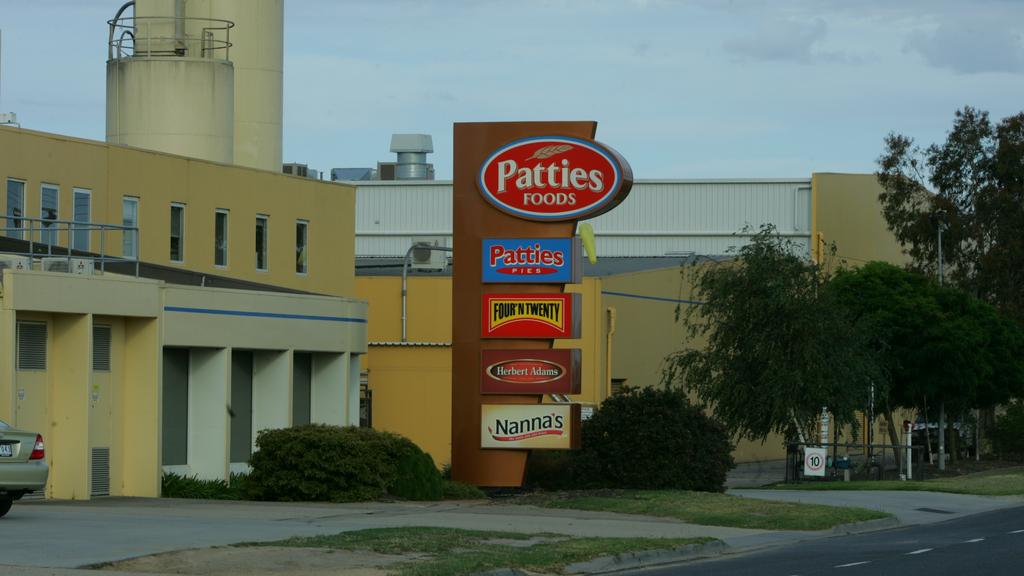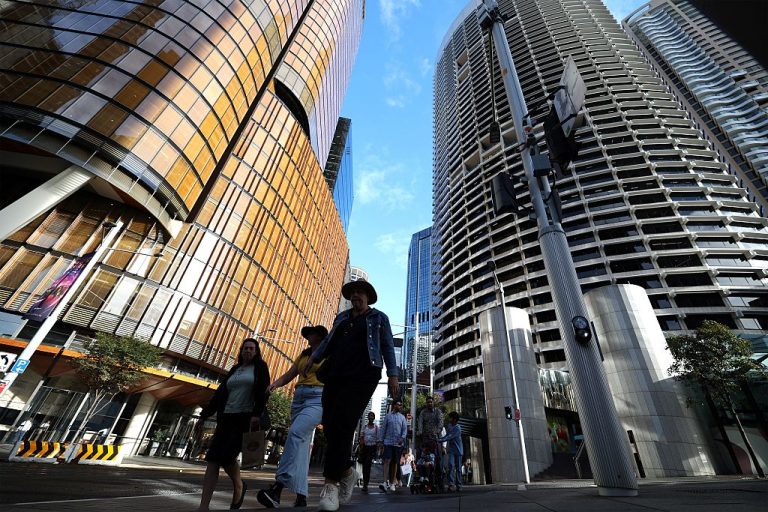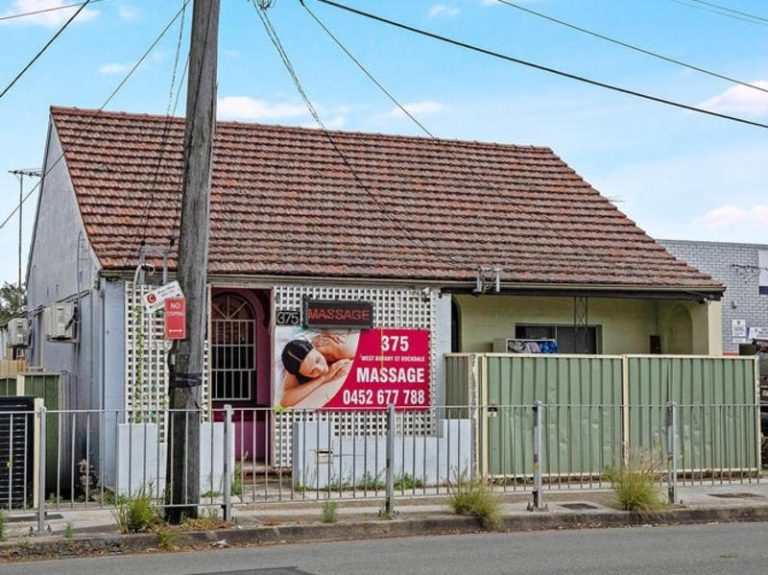Manufacturing surge to drive next wave of industrial returns

Patties Foods’ manufacturing facilities in Victoria recently sold for $141m.
The industrial property boom is showing strong signs of rolling into next year with investors chasing factories across the country and new sites in regional areas, analysis of major deals shows.
Local manufacturing facilities are continuing to be chased by investors as businesses shift into new spaces in expectation of an upturn, with JLL data showing that take-up of manufacturing space by tenants at the half-year mark is about to surpass 2020 full-year levels.
JLL Research shows that take-up of industrial space in the manufacturing sector for the first six months of 2021 totalled 496,200sq m – almost reaching full-year 2020 levels of 510,560sq m.
The shift has been captured by investors, with JLL head of capital markets, industrial and logistics Tony Iuliano saying that over the last 18 months there had been more than $1bn of sales as 20 major manufacturing facilities changed hands nationally, with some of the major corporates to transact including Arnott’s Biscuits, O-I Glass and Sara Lee.
“One of the notable sales this year included two Patties Foods manufacturing facilities within Victoria, which sold for $141m, bought by Charter Hall Direct Industrial Fund 4 on a 30 year sale and leaseback,” he said.
The sale included Patties Foods’ main production facility in Pakenham and the world’s largest pie manufacturing facility in Bairnsdale, he added.
The broader industrial sector is outperforming other asset classes nationally, with regional centres along the east coast outstripping capital cities.
Investors are following the shift to the regions, along with the short-term driver of pandemic-related e-commerce demand. The flight to the regions had supported economic growth, driven demand for warehouse space among occupiers, and encouraged investors chasing opportunities, according to Colliers International.
A report by the firm cited tightening industrial property yields in regional areas like the Sunshine Coast, Toowoomba, the Gold Coast, Newcastle, Wollongong and Geelong, where yields range from 5.5 to 7.35 per cent for prime industrial properties.
Part of the reason why regional industrial markets like Newcastle are likely to perform so well is that these areas are in demand but also have relatively lower stock when it comes to industrial property. Colliers said these regions were likely to benefit from the trend towards decentralisation combined with high demand for space but relatively little industrial stock.
The firm’s director of industrial and logistics research Luke Crawford said the key drivers supporting demand around the country were population growth, infrastructure investment, e-commerce and automation.
“The regional areas have those factors at play but have the added benefit of high population growth, which is fuelling demand for industrial space from retailers but also manufacturing groups and transport and logistics providers,” he said.
Driven by Covid-induced lockdowns, online sales as a proportion of total retail sales in Australia jumped from 9 per cent in March 2020 to 13 per cent just over a year later, and are expected to hit 20 per cent by 2025, according to CBRE.
“What we saw was five years of projected growth in 12 months,” CBRE regional director Cameron Grier said.







